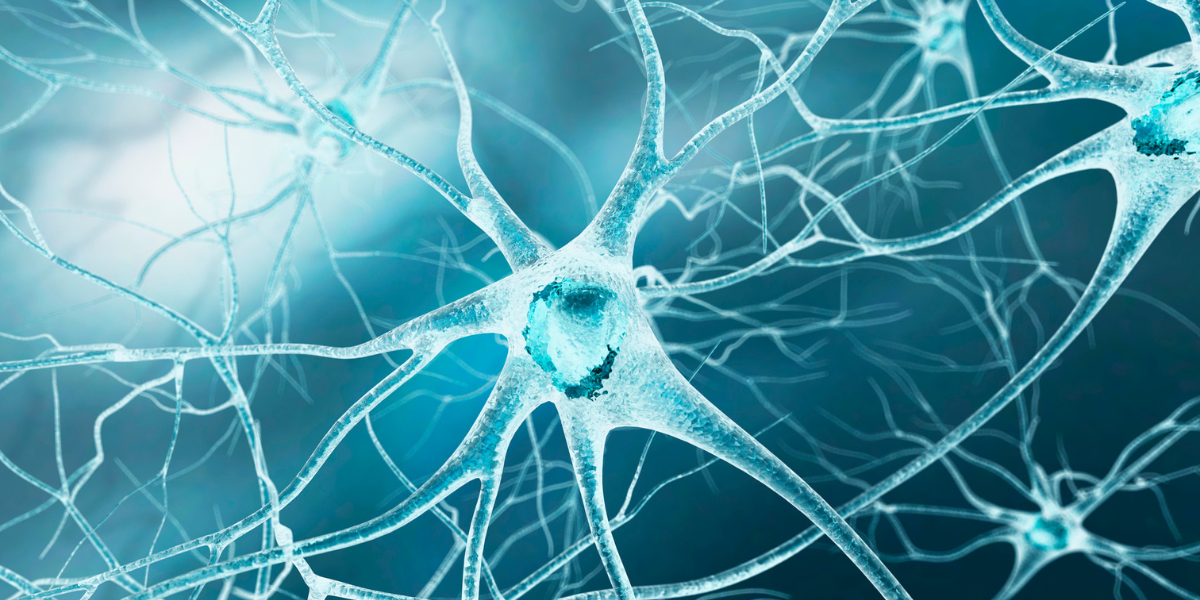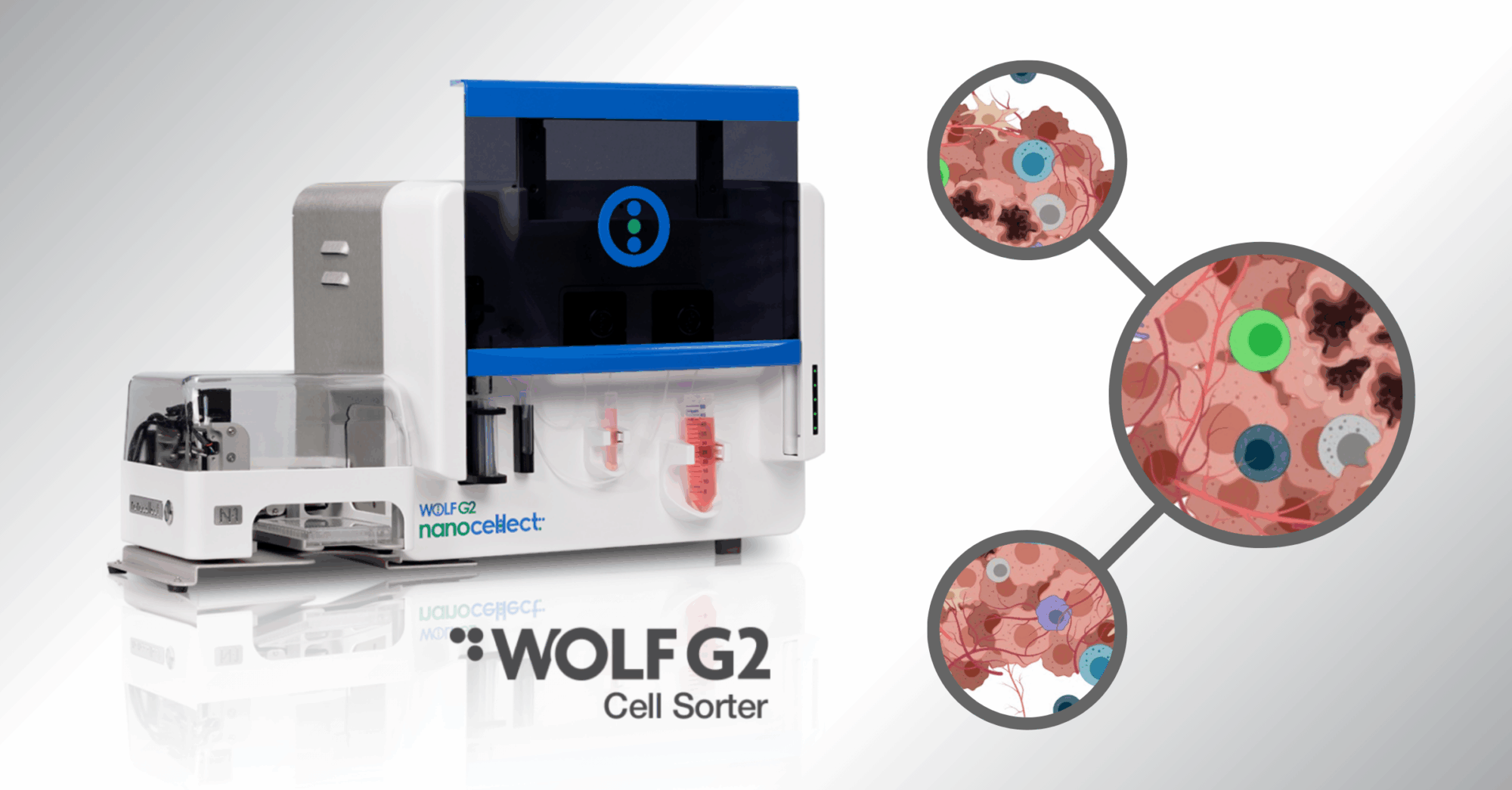What are the Biosafety Concerns with Infectious Disease?

Infectious diseases have long been known for their capacity to devastate populations. They can be so deadly and pervasive that they are sometimes even weaponized – using microorganisms to pollute water sources was a known warfare tactic in the American Civil War, many European wars, and has even been documented as early as 600 BC. However, they can be defeated.
We can study them to understand how they work, how to prevent them, and how to treat them with the help of a flow cytometer. Since this research is typically done in a laboratory setting with potentially infectious disease components, there are a number of biosafety concerns to be addressed, including occupational exposure.
So, what might we study, and what concerns might arise within the laboratory?
Studying an Infectious Disease in the Lab
Imagine studying Mycobacterium tuberculosis—the bacteria responsible for tuberculosis—in your laboratory practice. Tuberculosis (TB) is highly contagious and can be transferred through airborne particles. Thus, you’d need safety precautions to contain the TB cells in a way that prevents them from mixing with your oxygen supply. You’d also need a backup precaution – a personal air supply – in case that containment is faulty.
Furthermore, you’d need to wear personal protective equipment that can be removed, in order to avoid contacting the disease or carrying it on your clothing. Finally, there must be adequate security within the facility itself to restrict access to only authorized laboratory employees.
Tuberculosis is a prime example of why biosafety measures in the laboratory work area must be addressed:
- TB is a highly contagious infectious agent and deadly when left untreated.
- Should this bacteria make it into the public, this could rapidly turn into an outbreak—the US does not vaccinate people for TB due to the low number of cases in the last 30 years.
So, who is affected by the biosafety risks?
There are two parties with major biosafety concerns here:
- The researcher
- The community, if the researcher is infected or carries the bacteria outside the laboratory work area
Preventative Measures for Biosafety Concerns
To operate under conditions of severe biological consequences requires implementing all the necessary laboratory safety precautions. There are biosafety concerns over:
- Safety equipment
- Laboratory protocols
- Facility construction
These concerns are addressed differently according to the risk assessment that the disease poses. In the US, the Center for Disease Control and Prevention (CDC) recognizes four levels of biosafety:
- BSL-1 – Low-risk microbes that do not regularly cause illness (like the probiotic lactobacillus acidophilus) are studied in this biosafety category.
- BSL-2 – Microbes studied in this category result in infectious diseases of varied severity. One example is Staph infection.
- BSL-3 – These microbes are contagious through respiratory transmission and highly dangerous, potentially deadly. Tuberculosis would fall under this biosafety category.
- BSL-4 – These are highly contagious microbes that are generally lethal with no known treatments. Only a few labs in the world work with these diseases, such as Ebola and Marburg.
Moving up from BSL-1 to BSL-4, the safety equipment becomes more extensive. In BSL-1, gloves and eye protection are sufficient. In BSL-4, a full body, positive-pressure suit with its own air supply is required. There are more stringent laboratory safety protocols within the lab and the facility is constructed to handle more dangerous samples.
Identifying and Addressing Biohazards
In 1989, the National Research Council Committee on Hazardous Biological Substances developed a set of practical guidelines surrounding biosafety issues and concerns. Biosafety in the Laboratory establishes the major sources of microbes of varying levels (BSL-1 to BSL-4) and how to handle them:
1. Working With Organisms that Pose a Risk
Not all microbes pose a risk. In fact, the human body plays host to trillions of microorganisms.
Some microbes, on the other hand, do cause harm. These are the ones that get more attention—they need to be understood to be treated. These organisms are categorized as:
- Bacteria
- Viruses
- Rickettsiae
- Fungi
The level of risk posed to lab personnel determines the biosafety rating. As reported in the Biosafety in the Laboratory guidelines:
“Among the agents that have been identified in recent years as posing the greatest risk of infection to laboratory and ancillary personnel of diagnostic laboratories are the virus of hepatitis B, Mycobacterium tuberculosis, and Shigella spp.”
These would be studied in BSL-3 or BSL-4 approved labs. However, a virus like human immunodeficiency virus (HIV), with a lower risk to personnel and more limited transmission, would be handled in BSL-2.
2. Hazards of Animals and Insects
Researching infectious diseases that arise in vertebrate animals and insects have a particular set of biosafety guidelines and concerns. Some infectious diseases can transmit from animals to humans, and vice versa. Additionally, their fecal matter can be a breeding ground of protozoan cysts and helminths, which if not handled properly, can infect researchers.
Insects have long been known to carry diseases and transmit them through bites. Additionally, working with insects exposes the researcher to hazardous materials like:
- Waste products
- Harmful ingredients in insect diets
- Mold spores
- Bacteria that contaminate larval diets1
3. Cell and Tissue Cultures
Cell cultures provide incredible research value and are used widely throughout the microbiological and medical fields in studying infectious diseases. However, they do come with biosafety concerns.
This was evidenced by a 1967 case in which laboratory workers in both Germany and Yugoslavia were exposed to an infectious disease after handling tissue cultures from an African green monkey. There were 31 documented cases of an unknown case—later named Marburg virus—which resulted in seven deaths.1
Though this was an extreme case and modern precautionary protocols have limited the number of infectious diseases resulting from cell cultures, they can still pose a threat.
4. Necropsy Pathogens
Healthcare workers are exposed to a wide variety of infectious agents when handling, performing an autopsy on, and disposing of a human body. There are two primary biosafety concerns:
- Creation of air droplets with the infectious agent – When performing an autopsy of an infected body, hand saws are needed to open certain areas of the head and chest. The problem is that microbial droplets may become airborne and can be inhaled. For this reason, all healthcare and laboratory workers should wear head coverings, goggles, face masks, as well as long sleeve gowns, gloves, and shoe coverings.
- Physical contamination via cuts, breaks in the skin, and mucous membrane – Because autopsies involve plenty of sharp objects, sufficient care should be taken in handling all needles, scissors, saws, and scalpels. Additionally, autopsies should be performed with only the necessary personnel present.
Even if no known disease is present, all cases of autopsy should be assumed potentially infectious since asymptomatic carriers of hepatitis B and HIV are prevalent in many hospitals.
Standard Laboratory Practices to Follow
Biosafety measures and guidelines ensure researchers use the necessary precautions when working with infectious diseases. As a rule of thumb, there are seven basic guidelines to practice biosafety when working with any biohazards:1
- Do not pipette solutions with the mouth. Though this may seem obvious, this was a common laboratory practice prior to the invention of modern pipettes.
- Handle infectious fluids carefully. Avoid small containers that encourage spills, and always mix, move, or stir gently as to avoid the production of airborne particles.
- Limit needle and syringe usage to necessary circumstances. If there are no alternatives, use needles and other sharp objects carefully, avoiding puncture. If used, dispose of them properly in puncture-resistant containers.
- Use the protective equipment designated by the biosafety level. As mentioned above, BSL-1 may only require goggles and gloves, while other biosafety levels require further protection.
- Wash hands and follow disinfectant protocols following work in the lab. Once you remove your protective equipment, avoid contact with any surface or individual until hands are washed.
- Disinfect the laboratory workstation after each use. Should a spill occur, or an object be dropped, clean the area immediately.
- Avoid eating, drinking, smoking, or having digestible products of any kind in the lab.
Use Equipment That Fits in the Biosafety Space
When working with highly infectious agents, it’s important to set up a station that contains the culture or sample. In these cases, the biosafety space is usually limited—which means it’s necessary to use equipment that fits in a small space. If you have to remove the contagious sample to perform a test outside of this space, you dramatically increase the risk of exposure.
This issue is one reason NanoCellect created the WOLF G2 Cell Sorter.
At under 2 cubic feet, the WOLF is the space-efficient answer to any infectious disease cell sorting and flow cytometry in medicine needs your lab might have. Plus, NanoCellect provides disposable, sterile microfluidic cartridges. This reduces the risk of exposure, eliminates cleaning hazards, and prevents cross-contamination between samples.
Studying infectious diseases comes with inherent risks and biosafety concerns. To minimize exposure, all labs need the right equipment, proper safety protocols, and a facility that ensures protection.
To support your lab with the right equipment, there’s NanoCellect.
Sources:
NCBI. Biological warfare and bioterrorism: a historical review. https://www.ncbi.nlm.nih.gov/pmc/articles/PMC1200679/
CDC. Recognizing the Biosafety Levels. https://www.cdc.gov/training/quicklearns/biosafety/
NIH. NIH Human Microbiome Project defines normal bacterial makeup of the body. https://www.nih.gov/news-events/news-releases/nih-human-microbiome-project-defines-normal-bacterial-makeup-body
National Research Council Committee on Hazardous Biological Substances. Biosafety In The Laboratory: Prudent Practices for the Handling and Disposal of Infectious Materials. https://www.ncbi.nlm.nih.gov/books/NBK218635/



